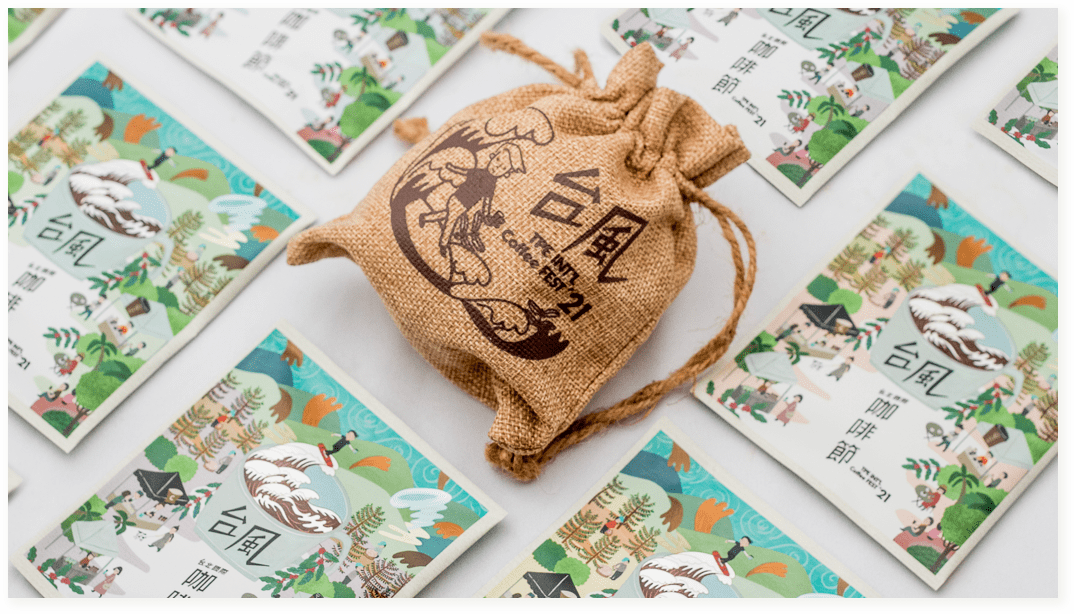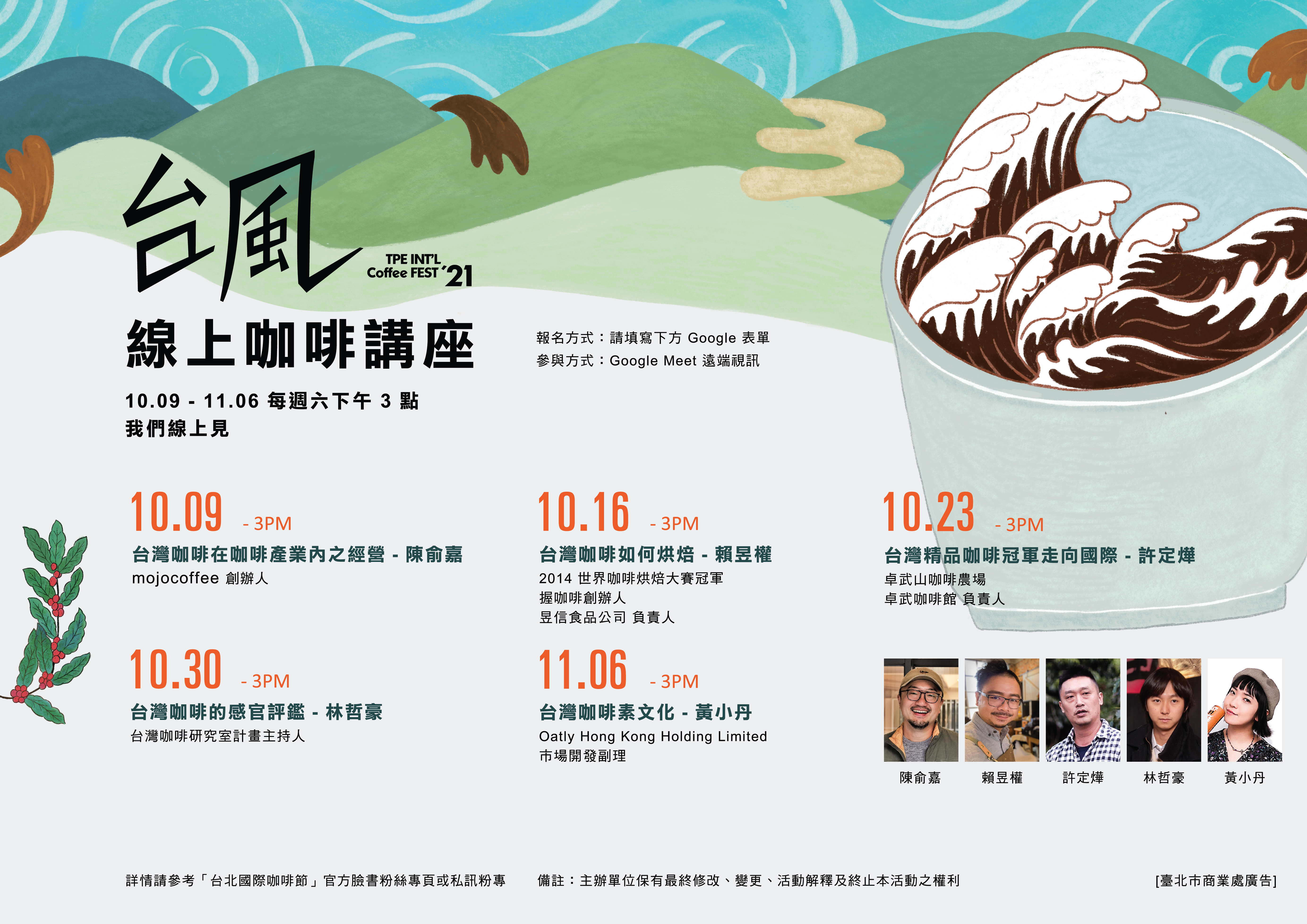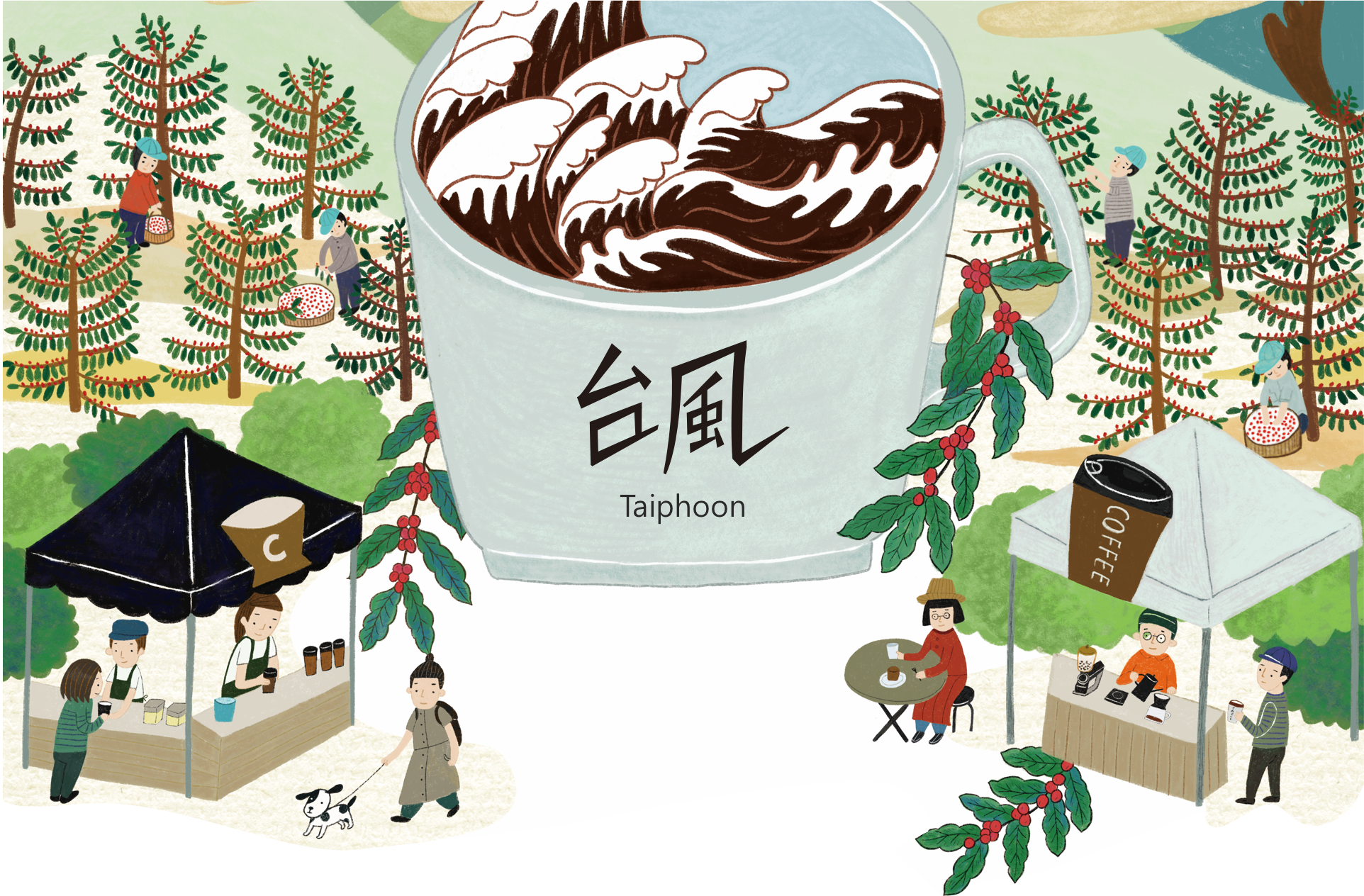
18 Taiwanese Coffees
Limited to 1,500 Sets
12 Origins Across the World
Bonus Taiphoon Mug
30 Coffee Bags
Art by Milly
 Taiwanese Coffee Chronicles
Taiwanese Coffee Chronicles
The 2 Setbacks and 3 Waves of Development of Taiwanese Coffee
Taiwan is an island of typhoons and one of the few coffee origins that have to deal with the typhoon threat every year. Throughout the history of Taiwanese coffee, there have been 3 waves of development and 2 setbacks.
Prologue: Introduction
Near the end of China’s Qing Dynasty, James Tait, a merchant with the British East India Company, came up with the idea of planting coffee in Taiwan.
1884
Tait introduced coffee seedlings and seeds to be planted in Sanxia by Taiwanese farmers.
1st Wave: Japanese Colony
The Japanese colonial government set up three Agricultural Nursery Grounds and promoted local coffee businesses. Taiwan became Japan’s largest coffee farm overseas.(1933, Sumita Coffee Farm (source: Taiwan Cultured Memory Bank))
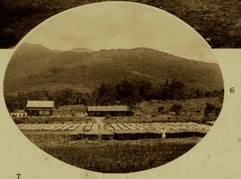
1897
Japanese colonial government began to take stock of the coffee introduced during the Qing Dynasty and subsequently expropriated Taipei County Tea Testing Center. Unfortunately any surviving specimen was destroyed by typhoons.
1902
Hengchung Tropical Nursery Ground was founded
1904
The colonial government began spreading the cultivation of coffee to Taitung, Hualien, and Kaohsiung
1910
Taiwanese coffee was ranked grade 4 at Kansai Region Coop Exhibition
1918
Shilin Agricultural Testing Branch and Chiayi Agricultural Testing Branch were founded. Coffee spread to Yunlin, Chiayi, and Tainan.

1st Setback:The Pacific War
The Pacific War broke out. Coffee farms were repurposed for the war effort because coffee was not necessary goods.

1941
The Pacific War broke out
1942
The nearly 1000-acre coffee farm lands throughout Taiwan began its yearly decline
1945
Japanese force withdrew from Taiwan, and coffee farms were turned over to Republic of China
2nd Wave:ROC and US aid
The republic government began modernizing coffee mills with US AID. Coffee yield and unit production actually surpassed those during the Japanese colonial period. Yunlin County became the foremost coffee origin in Taiwan(Roaster at Yunlin Economic Farm Coffee Mill (source: Taiwan Cultured Memory Bank. Permission to reproduce given by Yunlin Country Culture and Tourism Office))
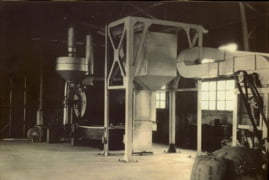
1953
Frost decimated coffee production in Brazil. US demanded Asian countries to produce larger quantities of coffee to offset the rising market price.
1956
Sino-American Joint Commission on Rural Reconstruction sent specialists to study in America and brought back rust-resistant coffee cultivars.
1960
The biggest coffee mill in Taiwan was set up in Yunlin County. The mill handled everything from post-harvest processing to grinding to canning and packaging.
2nd Setback (1):Globalization Strikes
US aid ended. Central and South American coffee production increased. The government sought to join international trade organization. Costly coffee production became disadvantageous in the context of global market competition.
1965
US aid ended.
1968
Coffee tariff decreased
2nd Setback (2):921 Earthquake and Typhoon Nari
A series of natural disasters at the turn of the millennium destroyed 30 years of coffee development in Taiwan and set up the stage for the industry to reinvent itself.
1999
921 Earthquake
2001
Typhoon Toraji and Typhoon Nari

3rd Wave:A Delicate Future
After weathering the onset of natural disasters, Taiwanese coffee industry turned to the smaller but finer philosophy of specialty coffee. With the appearance of Gukeng Coffee Festival and Coffee Evaluations, Taiwanese coffee once more became the center of international attention.
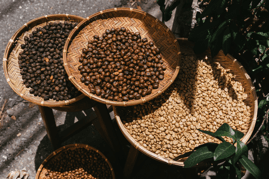
2003
Guken Coffee Festival at Yunlin
2009
Alishan Coffee named 11st place by SCAA for The Best Coffees of the Year
2010
Tea Research and Extension Station took over national coffee research initiative and started promoting coffee quality through competitions, education, and technology
2021
Agriculture and Food Agency collaborated with ACE to host the 2021 Taiwan Private Collection Auction

 /
/


